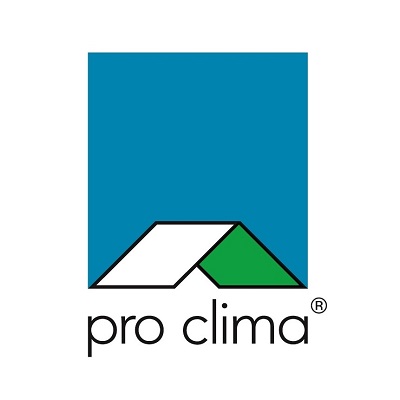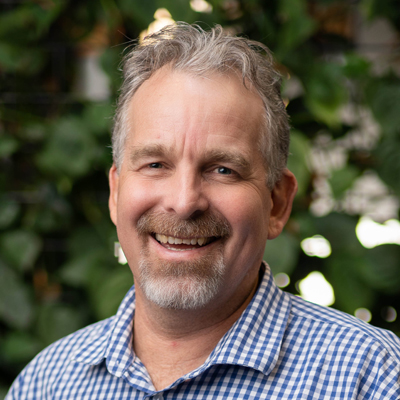The ModelDocs research has highlighted that the consenting timeframe has risen to 55 days in Auckland, the number of RFI (requests for information) line items could be hitting over 600,000 across the country each year — and the time it is taking to resolve them is causing significant delays.
So, how can we use this information to create change within the industry and reduce the time and workload of consent applications?
#1 Wider professional development for LBP designers
LBP (designers) represent the largest group submitting building consent applications — so also represent the greatest potential win. Currently 66% of total line items relate to missing information and documentation. Two-thirds of these line items are from LBP-managed consent applications.
Getting LBPs to understand that their current behaviour — sending in consent applications with missing information — is what is causing the majority of delays (rather than any myths around Council incompetency) is the first step. Next is educating LBPs on the key information they are missing so they can improve the quality of their applications and keep RFI line items to a minimum.
Unlike architects and engineers, who have professional bodies like NZIA and ENZ managing their professional development, LBPs currently lack an overarching collegial organisation. Therefore, we must rely on resources like the LBP newsletter, Codewords, and mandatory CPD skills maintenance for their education. In ModelDocs we recommend endorsing an organisation (such as Architectural Designers NZ, ADNZ) to further develop a robust CPD programme.
For more proactive measures, we could focus on stricter enforcement of minimum standards and LBP license class rules. Is it time to develop a feedback mechanism for BCOs to report practitioners who consistently submit poor-quality applications to MBIE? This would help raise industry standards and streamline compliance.
#2 We can minimise missing information with CPD re-education of architects
Architects are the next group that needs to be targeted — and the second biggest potential win. Of the 66% of line items relating to missing info, 31% were the architect’s responsibility.
Much like LBPs, architects need to understand that many are submitting poor quality applications that are slowing down the consenting process. We recommend educating architects through the NZRAB CPD network as well as industry events and publications such as a NZIA regional roadshow and the industry magazine, Architecture New Zealand.
A key focus of this CPD education should be on reducing B1 structure line items by embracing the forthcoming ENZ Structural Design Documentation Guidance and improving demonstration of E2 compliance through alternative pathways — the two biggest areas for improvement.
#3 Develop a consistent BCO experience
We’re not letting Building Consent Officers (BCOs) of the hook either. 14% of RFI line items in the ModelDocs analysis shouldn’t have been required as the documentation provided was either originally correct (9%) or present (albeit obscured, 5%).
Particularly with a central government focus on streamlining consenting, we recommend more consistency across Building Consent Authorities (BCAs), with better training or templating between councils regarding RFI writing, and the creation of one unified checklist across all councils within the consent management system.
Other recommendations include implementing a NCAS review on RFI writing and check listing and providing a formal education pathway for BCOs such as the new Bachelor of Building Surveying. Simpli are doing some work in this space.
Conclusion: Transforming behaviour to improve the consent process
By shifting the behaviour of both key parties, those Senders and Receivers of consents, within the building consent process — the LBPs and architects submitting consent applications, and the BCOs processing the applications — we can reduce our consenting timeframes.
Check out the links below for the first two blog posts of this series, plus the full ModelDocs report.
ModelDocs blog post series:
#1 What’s really slowing down the building consent process?
#2 Poor documentation for B1 and E2 is slowing down the consent process
#3 Three key ways we can speed up the building consent process
About ModelDocs
ModelDocs: Transforming building consenting behaviour for better housing is a BRANZ External Research Report authored by Professor Anthony Hōete and funded by the Building Research Levy. Read the full report online here






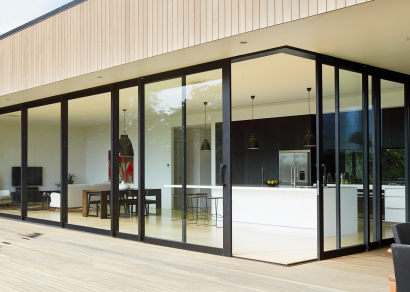
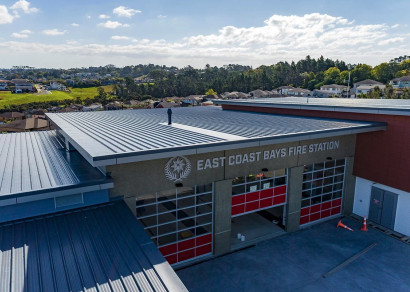
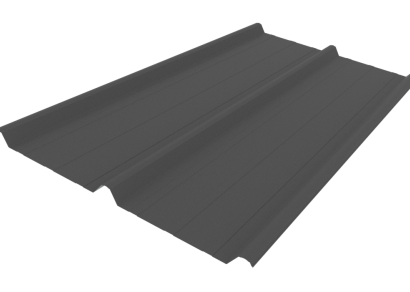
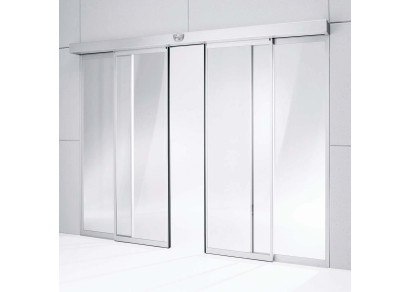
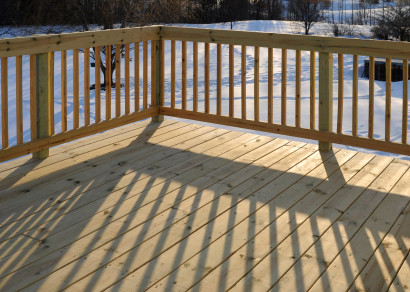
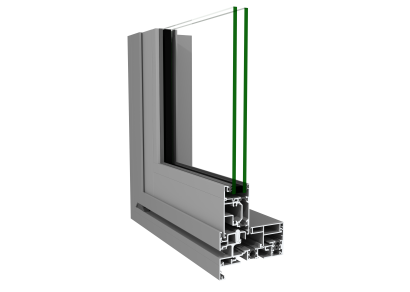

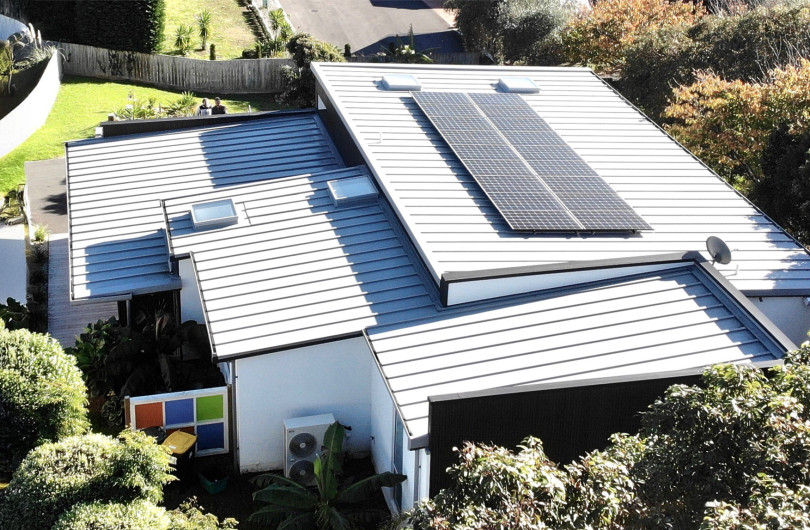
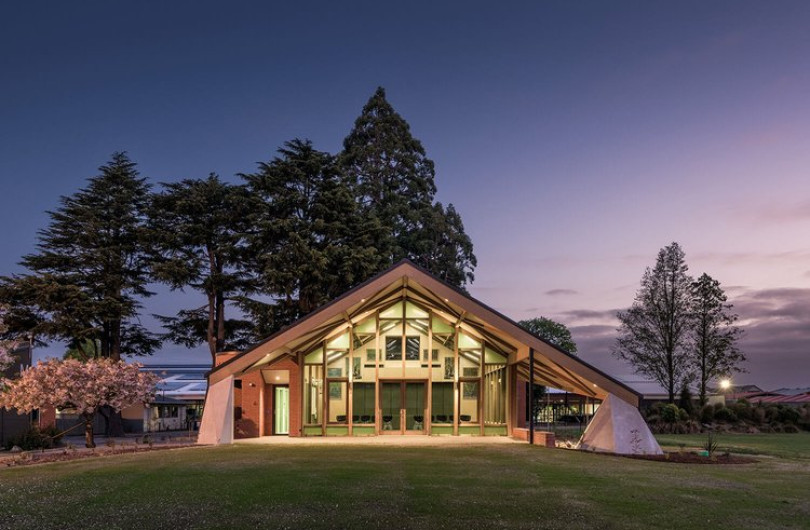


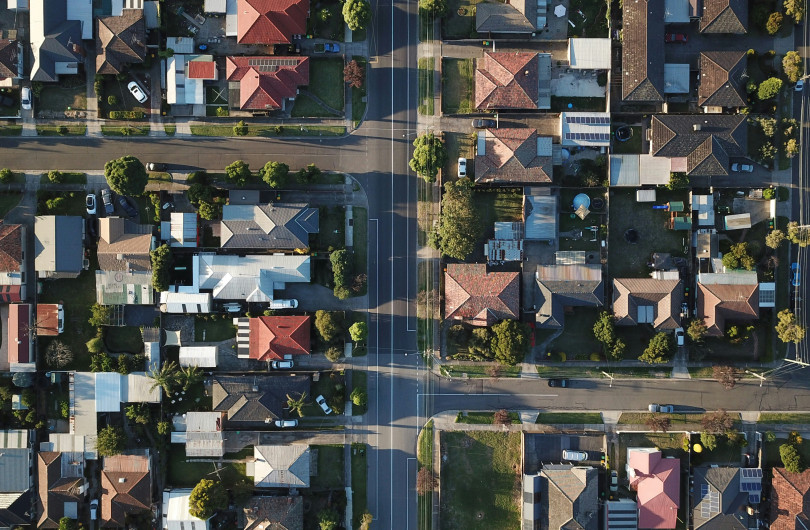

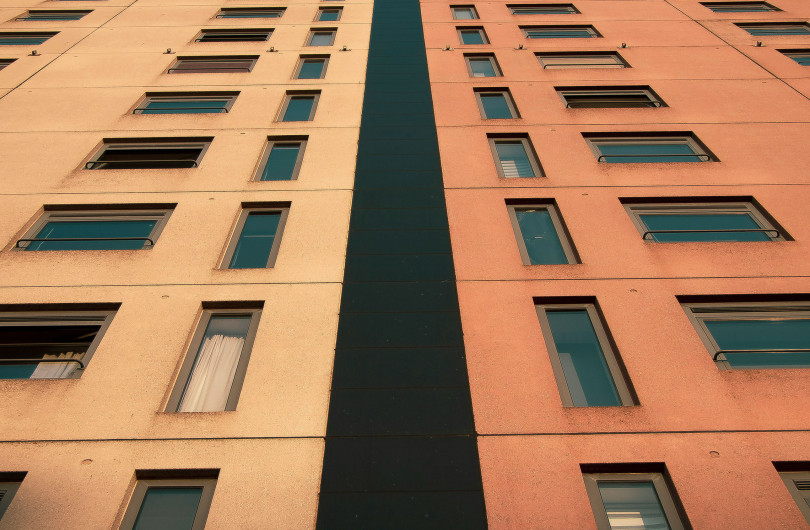







 Most Popular
Most Popular Popular Products
Popular Products


